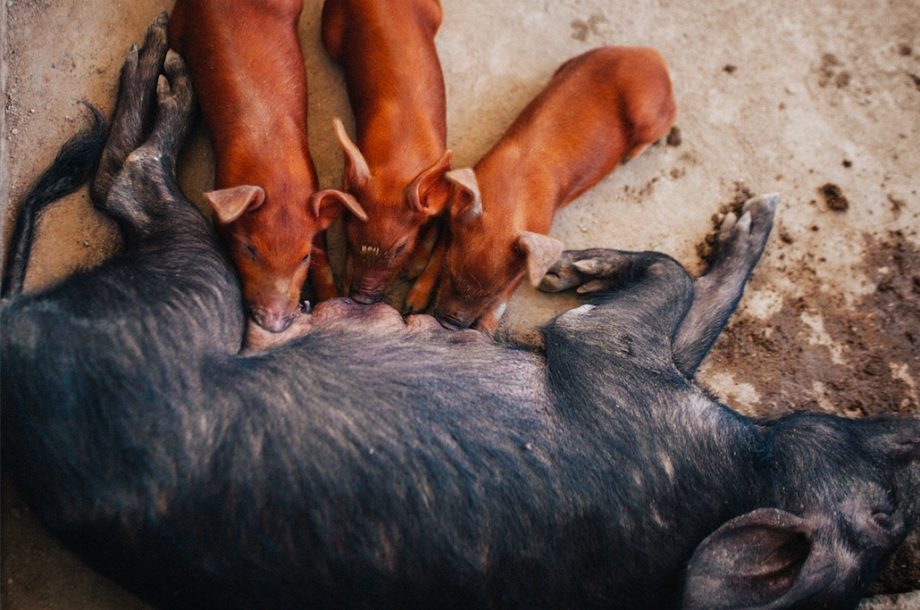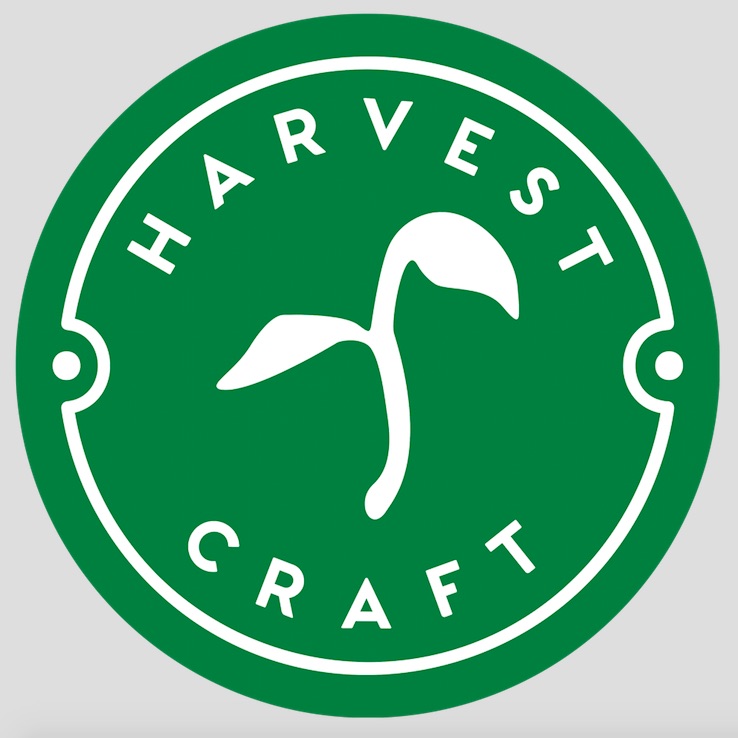Article co-written by Brendon Anthony and Craig Erickson
Contextualised Agriculture Programmes in Haiti: Addressing the SDGs focused on “No Poverty” and “No Hunger”
The Birth of Harvest Craft
Harvest Craft is a non-profit 501(c)3 organization geared towards sustainable agricultural development, which provides a benefit to the natural environment as well as humans. Our mission is to equip, educate, and empower communities around the globe through the implementation of sustainable food production systems. Through this mission, we have resonated and aligned our projects with the United Nation’s Sustainable Development Goals #1 (No Poverty) and #2 (Zero Hunger). Since 2013, we’ve constructed numerous projects: an aquaponic system at a community center in Mexico, planted fruit trees, built chicken coops, and also constructed catfish and frog ponds at a rehabilitation facility for victims of human trafficking in Cambodia. In Haiti, we have developed numerous hog and chicken farms with various local partners and organizations, all for the sake of promoting economic development and eliminating hunger. Harvest Craft continues to focus on these goals, and the “Three E’s” of sustainable development: Economy, Environment, and Social Equity. However, most recently, Harvest Craft has narrowed its development focus to Haiti.
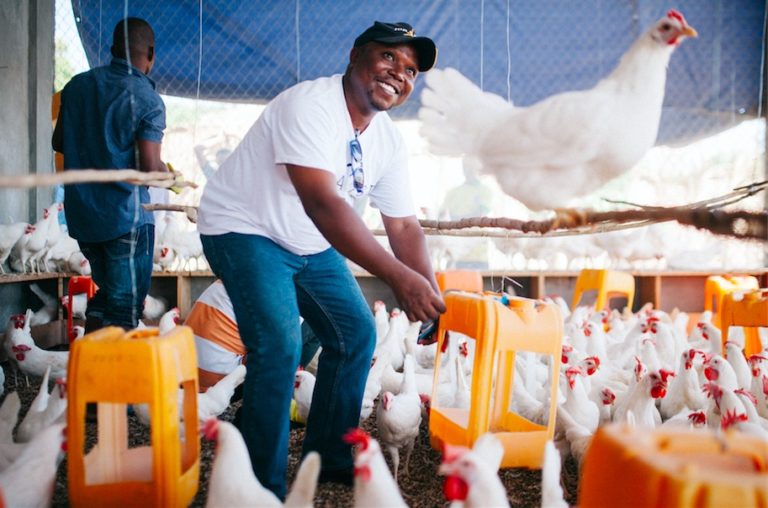
Why Haiti? Why Agriculture?
Haiti is the poorest country in the Americas. Nearly 2.5 million people of the country’s estimated 11 million live in extreme poverty of less than two dollars per day. Haitians are a predominantly agrarian culture, with a large proportion of the population acting as subsistence farmers. This reality poses both problems and opportunities for this struggling nation. The problems being: 1) They are a nation plagued with ecological, economical, and social issues, and 2) They lack contextualized agricultural research to help improve this widespread industry and promote agricultural self-sufficiency. Opportunities include implementing strategies to address these holistic problems through reforestation and agroforestry programs, agricultural education and conducting research in the Haitian context to provide solutions that are applicable to their scale, climate, and unique environment. This will encourage Haiti’s ability to achieve food sovereignty (a country’s ability to produce their own food and stimulate their own local economy), eradicate hunger, reduce poverty, and eliminate systemic dependence on foreign aid.
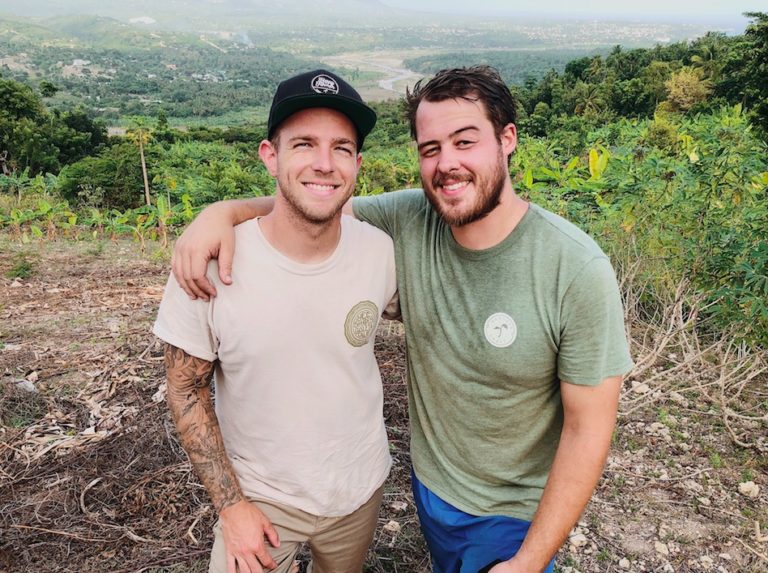
Agricultural education and research will help improve their environment through restoration and sustainable practices. Once implemented, they will hopefully generate higher profits, and thus improve the social well-being of farmers and their families. However, these educational programs cannot be based on applications developed in the United States. Miguel Altieri, a prolific agroecology scholar, suggested that subsistence farmers in third-world countries are poorly serviced and aided with this “top-down transfer-of-technology approach.” The “Green Revolution,” where new crops were bred, fertilizers improved, and technology developed, had little to no impact on these low-income, small-scale farmers. Clearly, there is a need for contextualized research and strategies to aid farmers in marginalized countries, like Haiti, to help them gain access to information and invigorate their local agricultural industry. Once models can be proven and implemented, even on a smaller scale, this will potentially raise the interest of various agricultural industries to not only buy from Haiti, but to invest in Haiti as well.
Therefore, after the many lessons we learned in our pioneer endeavors to make a real impact, Harvest Craft began to strategically focus efforts in Haiti in 2017 as we began to better understand the need for food sovereignty there. Furthermore, our co-founder Craig Erickson began to live and work in Haiti full-time as the International Director of Eden Reforestation Project’s in Haiti. So, in true agroecological design, Harvest Craft and Eden Projects began to foster a partnership in Haiti that could integrate both agroforestry initiatives coupled with agriculture and livestock programs. However, before we launched any program, we wanted to make sure we were going to be effective, and that we were going to be addressing issues that were truly present and desired to be addressed by the local people. In conjunction with Eden Projects, we helped to form and conduct a baseline survey in May of 2018, which brought more depth in understanding the needs of these communities.
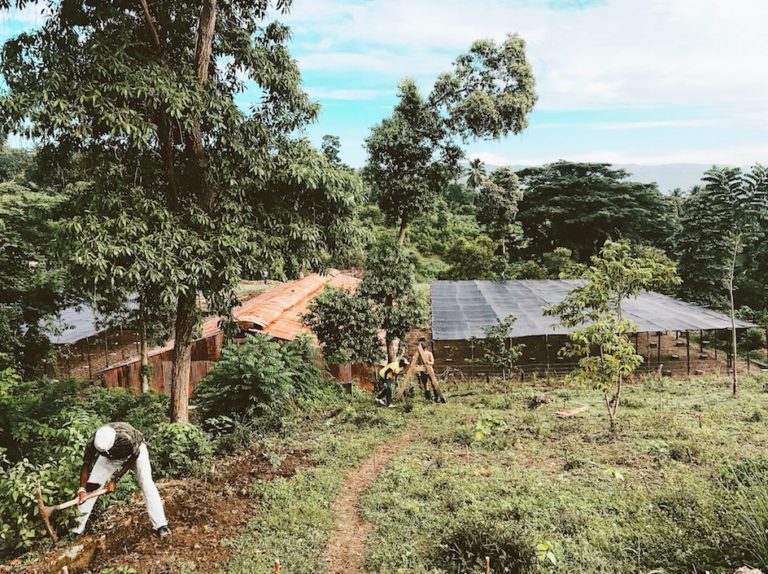
Case Study – Baseline Survey
A baseline survey was conducted in a village called Lavanneau, a district near the city of Jacmel in southern Haiti (18°15’57.8″N 72°34’28.8″W). Again, this was done in order to better understand the needs of these Haitian subsistence farmers, so that localized strategies for transforming and improving agricultural production could be developed and implemented. The survey consisted of 45 questions seeking to determine the demographics of this community; this identified their current agricultural activities, environmental problems, and the level of their interest in agricultural, educational and development programs.
A team of 11 Haitian locals were trained on how to conduct baseline surveys, and were commissioned for two days on the 30th and 31st of May, 2018, to gather information from 132 households. Of the 132 households, 56 of the interviewees were female and 77 were male. In respect to age, 40 % of the surveyed population were 56 years and older. In regards to vocation and practice, 98 % of these households practiced agriculture, and 95 % practiced animal husbandry having pigs, goats, cows, and/or chickens on their property. Considering land ownership, 60 % of the village surveyed owned between 0.10 – .99 hectares (ha), 20 % owned 1.0 – 10.0 ha, while 17 % of the population owned less than 0.09 ha (3 % did not specify). Over 58 % of the participants surveyed belonged to a community association that practiced knowledge sharing, water rights regulations, and cooperatives.
Although the majority of this community practiced agriculture, owned land, and was dedicated to improving their practice, they were still susceptible to various issues. In regards to sufficiency, 81 % stated that they did not produce enough food on their land to meet their family’s feeding requirement (average family size was five people), and so they had to supplement by purchasing food at the market. Additionally, 96 % of those interviewed stated that they had experienced proof of environmental degradation on their agricultural property, referencing issues like soil erosion, flooding, landslides and drought. These are symptoms of both intensive agricultural practices and climate change. Only 25 % of the surveyed community stated that they had not contributed to deforestation on their land, and that they had not cut down any trees. Finally, 85 % of these farmers did not know the soil type of their land, and only 14 % had gotten their soil tested.
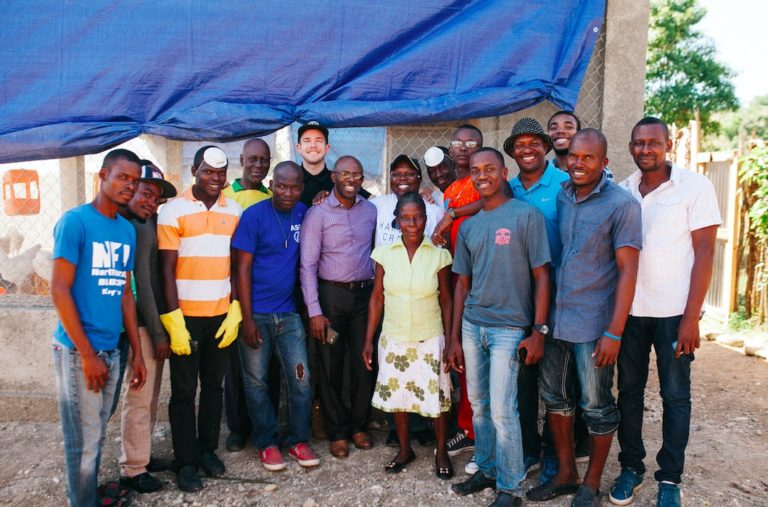
A series of concluding questions were asked to survey the interest of the community in agricultural trainings, research, and education to learn about how they could enhance their agro-ecosystem through sustainable practices, reforestation, and agroforestry. A large portion of the community (73 %) stated they would be interested in participating in these training activities (16 % did not respond). The community was most interested in training activities that were geared towards animal husbandry (111 votes), in contrast to other options such as reforestation (67 votes), or agriculture (32 votes). When asked about specific trees they would be interested in growing and learning more about, the top five agricultural tree species selected were: coconut, mango, orange, avocado, and lemon.
As a result of this survey, it is concluded programs targeted towards agricultural resilience, improving food security, diversity, and productivity are needed and would be considered helpful. Additionally, programs geared towards animal husbandry, and supporting animal integration in agricultural systems are desired by these subsistence farmers. With land available, and a high level of interest in community participation, it is recommended that organizations and higher education institutions seeking to help Haitian farmers invest resources towards animal husbandry and agroforestry research and education. Above all else, this process must heavily involve input from the local population from being a part of the physical work to facilitating discussions, knowledge sharing, and more.
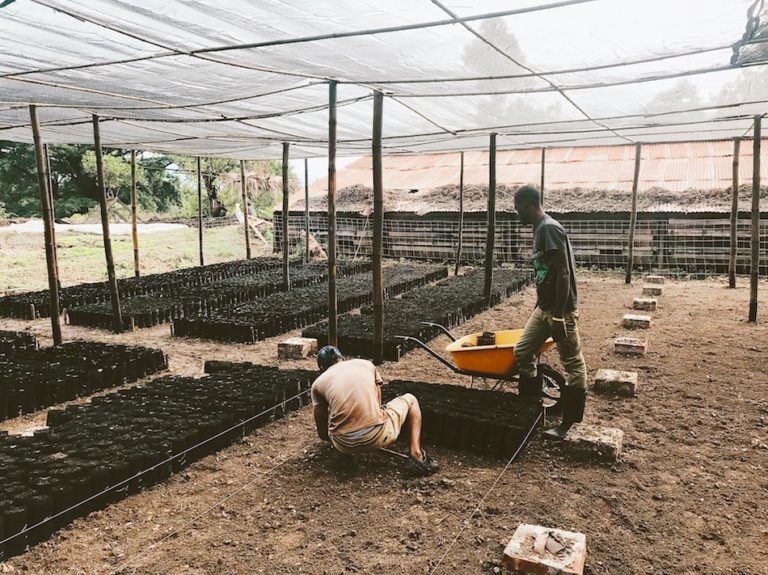
Haiti Center for Agroecology
In an attempt to provide holistic development that is truly transformational, with strategies focused on increasing agricultural production and improving the social well-being of local farmers and their families, Harvest Craft has launched the Haiti Center for Agroecology (HCA). The HCA consists of roughly 30 acres which are beginning to be developed into demonstration plots showcasing various agricultural techniques and management strategies. Additionally, Eden Projects has established a tree nursery and propagation center on-site where a projected 100,000 trees are to be produced by the end of 2019 for reforestation and agriculture development programs. The goal is for this number to increase each year until full capacity is realized.
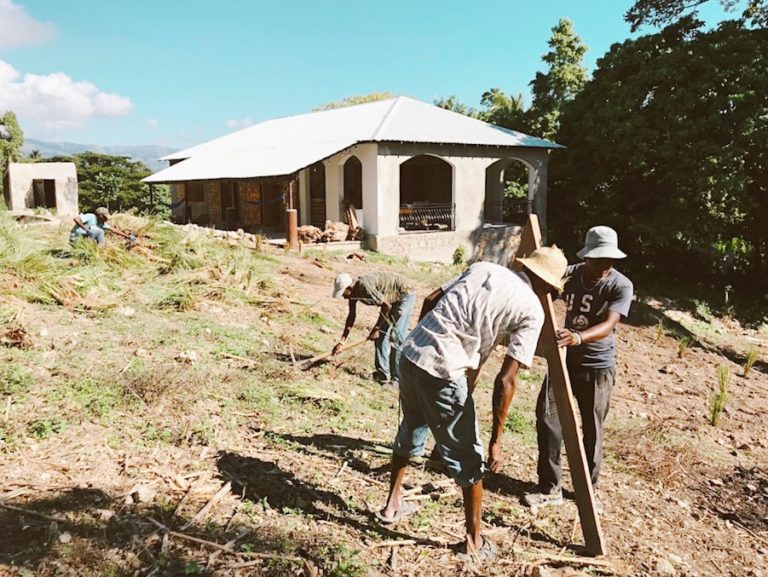
The center is focused entirely on research and education, all for the purpose of addressing poverty, hunger, and environmental degradation in Haiti. An inaugural university class will be hosted in the summer of 2019 at the HCA, with hopes of many more classes to come. Additionally, monthly farmer meetings will be hosted where farmers can share knowledge and bring attention to specific problems, and allow for a time of brainstorming and community to take place on-site. As the program grows, we also hope to host seminar speakers from all over the world and facilitate training that would bring new perspectives and address particular topics the local farmers request. One of the most important aspects of these meetings is that we are not only wanting to deepen our understanding of these people and what specific problems they encounter in regards to agriculture, but we want them to be able to have a voice and a choice amidst their difficulties, and subsequently inform our research priorities. We believe this is the first step to breaking the cycle of poverty and addressing SDGs # 1 and # 2, as those affected often have no choice, and no voice to advocate for themselves. Our dream involves the HCA becoming an outlet for these people and a focal point of positive and holistic transformation.
At Harvest Craft, we do not want to address hunger and poverty with “handouts” or entitlement programs, but rather by equipping families with skills, educating them with a depth of contextualized knowledge, and ultimately empowering them with the capacity to provide for themselves and their communities, no longer reliant on foreign aid. It is our hope these participants will become agents of transformation not only within their own communities, but serve as resources for other developing nations who also find themselves in great need.
ACKNOWLEDGEMENTS: Fedner Louis, Daniel Karuah, Geoff Bishop, and the Concepcion family.
Featured Photo: A mother hog just gave birth to piglets at one of our project sites in Haiti. Photo Credit: Marci Hohner / Harvest Craft
References:
Altieri, M.A., 2002. Agroecology: The Science of Natural Resource Management for Poor Farmers in Marginal Environments. Agriculture, Ecosystems & Environment, 93(1-3), pp.1-24.
Montgomery, D.R., 2012. Dirt: The Erosion of Civilizations. Univ of California Press.
Pearse, A., 1980. Seeds of Plenty, Seeds of Want: Social and Economic Implications of the Green Revolution. Revisiting Sustainable Development, 139.
Rosset, P., 2003. Food Sovereignty: Global Rallying Cry of Farmer Movements. Food First Backgrounder, 9(4), p.1.
EDITOR’S NOTE: The opinions expressed here by Impakter.com columnists are their own, not those of Impakter.com.
Related Articles: “How Do we Reframe Agriculture? The case of Uganda” by Sean Patrick
“Swimming Against the Current: Sustainable Agriculture in an Age of Commercial Farming” by Dr Vanaja Ramprasad


